Radiance comes with a number of sample / demo apps that showcase the flexibility and power of its APIs. One of those demos is Lumen. Its main goal is to highlight the feature set of the Trident animation library. Lumen uses MusicBrainz JSON web service to search for all albums of the specific artist, and for the list of tracks on individual albums. Sending requests and parsing responses is done with Retrofit and Moshi. Lucent is the port of Lumen to Kotlin.
Let’s see how it works together in Kotlin.
We start by adding the build dependencies on Retrofit and Moshi:
dependencies {
implementation "com.squareup.retrofit2:retrofit:2.9.0"
implementation "com.squareup.retrofit2:converter-moshi:2.9.0"
}
Next, we define our service interface that maps to MusicBrainz APIs:
private interface MusicBrainzService {
@GET("/ws/2/release?type=album&fmt=json")
fun getReleases(@Query("artist") artistId: String): Call<ReleaseList>
@GET("/ws/2/release/{release}?inc=recordings&fmt=json")
fun getRelease(@Path("release") releaseId: String): Call<Release>
companion object {
const val API_URL = "https://musicbrainz.org/"
}
}
Note the usage of fmt=json attribute in all @GET functions, and usage of @Query and @Path that matches the expected endpoint contracts.
The data classes map to the matching MusicBrainz entities, using @field:Json annotation with the matching name attribute, along with @Json annotation on one of the data classes to properly map it to the matching JSON tags:
data class SearchResultRelease(
@field:Json(name = "id") val id: String?,
@field:Json(name = "title") val title: String?,
@field:Json(name = "artist") var artist: String?,
@field:Json(name = "date") val date: String?,
@field:Json(name = "release-events") val releaseEvents: List<ReleaseEvent>,
@field:Json(name = "asin") val asin: String?)
data class Area(
@field:Json(name = "disambiguation") val disambiguation: String?,
@field:Json(name = "id") val id: String?,
@field:Json(name = "name") var name: String?,
@field:Json(name = "sort-name") val sortName: String?,
@field:Json(name = "iso-3166-1-codes") val iso31661Codes: List<String>)
data class Medium(
@field:Json(name = "tracks") val tracks: List<Track>)
data class Release(
@field:Json(name = "id") val id: String?,
@field:Json(name = "title") val title: String?,
@field:Json(name = "date") val date: String?,
@field:Json(name = "media") val media: List<Medium>,
@field:Json(name = "asin") val asin: String?)
data class ReleaseEvent(
@field:Json(name = "date") val date: String?,
@field:Json(name = "area") val area: Area?)
@Json(name = "release-list")
data class ReleaseList(
@field:Json(name = "count") val count: Int?,
@field:Json(name = "releases") val releases: List<SearchResultRelease>)
data class Track(
@field:Json(name = "title") val title: String?,
@field:Json(name = "length") val length: Int?)
Now we can create a Retrofit object and fire off our request:
val retrofit = Retrofit.Builder()
.baseUrl(MusicBrainzService.API_URL)
.client(getHttpClient())
.addConverterFactory(MoshiConverterFactory.create())
.build()
val service = retrofit.create(MusicBrainzService::class.java)
val releaseResponse = service.getReleases(artistId).execute()
val releases = releaseResponse.body()
And to get the list of tracks for the specific album:
fun doTrackSearch(releaseId: String): List<Track> {
val retrofit = Retrofit.Builder()
.baseUrl(MusicBrainzService.API_URL)
.client(getHttpClient())
.addConverterFactory(MoshiConverterFactory.create())
.build()
val service = retrofit.create(MusicBrainzService::class.java)
val releaseResponse = service.getRelease(releaseId).execute()
val release = releaseResponse.body()
return release!!.media[0].tracks
}
Where the OkHttpClient is configured like this:
private fun getHttpClient(): OkHttpClient {
val okHttpBuilder = OkHttpClient.Builder()
okHttpBuilder.addInterceptor { chain ->
val requestWithUserAgent = chain.request().newBuilder()
.header("User-Agent", "My custom user agent")
.build()
chain.proceed(requestWithUserAgent)
}
return okHttpBuilder.build()
}
This is it. No messy handling of HTTP requests, no manual parsing of JSON responses. All driven by metadata and encapsulated by Kotlin data classes.
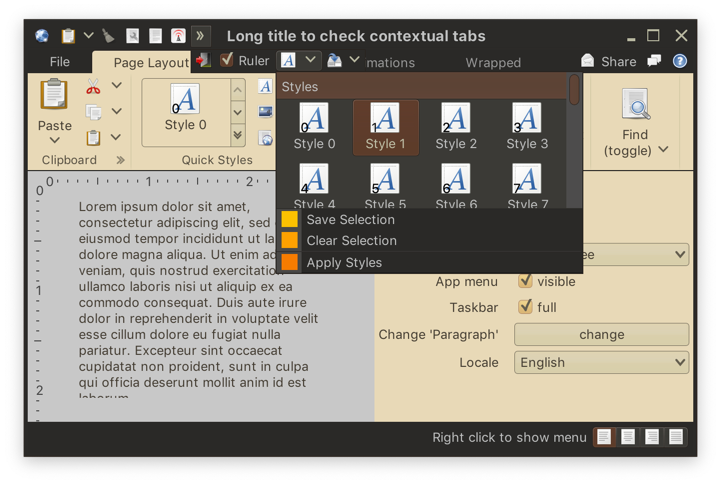
It gives me great pleasure to announce the second major release of Radiance. It was all ready to go as 2.0.0, but what’s a release really if a blocker bug doesn’t make it in? So instead, you get to get 2.0.1 for now – pending any other blockers that would require a couple more minor re-spins. Anyway, let’s get to what’s new. First, I’m going to use emojis to mark different parts of it like this:
💔 marks an incompatible API / binary change
😻 marks new features
🤷♀️ marks bug fixes and general improvements
General
- 💔 Java 9 is the new minimum requirement for build time and runtime of all Radiance modules
Modules
- 💔 Removed Spoonbill (SVNKit-powered implementation of Flamingo’s breadcrumb bar
- 😻 Added Meteor – Kotlin extensions for core Swing APIs
- 😻 Added Ember – Kotlin extensions for
SubstanceCortex APIs
- 🤷♀️ Renamed Kormorant to Plasma
- 🤷♀️ All core Kotlin modules (Ember, Meteor, Plasma) moved under the top-level
kotlin-ext folder
- 🤷♀️ Jitterbug (visual tool for editing Substance color schemes) renamed to Apollo
- 😻 Added Ion – sample walkthroughs for replacing
SwingWorker with Kotlin coroutines
Neon
- 💔 An almost complete rewrite of
NeonIcon APIs
- 💔 Most Flamingo and Substance APIs moved off of
ResizableIcon and to ResizableIcon.Factory
- 💔 Moved some icon colorization APIs from Substance to Neon
- 💔 Removed usage of
UITable from FontPolicy API
Photon
- 💔 Removed default public no-argument constructor from bundled templates for Java and Kotlin targets
Trident
- 💔 Moved to builder-based construction of timelines
Substance
- 😻 New
Graphite Electric skin
- 😻 New APIs for working with complex renderers, including built-in animations
- 🤷♀️ Fix for incorrect offsets of rotated texts
- 🤷♀️ Fix for inconsistent font metrics between preferred size and rendering passes
- 🤷♀️ Fix for incorrect vertical position of icons in
JOptionPane
- 🤷♀️ Fix for crash in showing
JColorChooser dialog
- 💔 Moved all three Office 2007 skins to the extras pack
Flamingo
- 💔 Moved all lower-level components (command button, command button strip. command popup menu, command button panel) to the new world based on content models, presentation models and projections
- 😻 Added support for placing any ribbon content (including components, application menu links and galleries) in the taskbar
- 😻 Added support for taskbar overflow (including built-in horizontal scrolling)
- 💔 Keytips for taskbar content are controlled by keytip policy
- 😻 Added support for separate keytips on action and secondary / popup areas of command buttons
- 😻 Added support for global contextual menu on the ribbon
- 🤷♀️ Added complete documentation
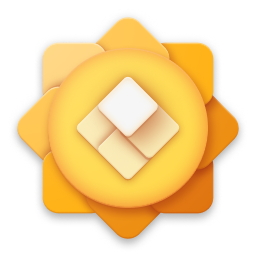 The first Radiance release focused on bringing all the different Swing open-source projects that I’ve been working on since 2005 under one roof. This release (code-named Beryl) is about making them work much better together. And it’s also about making it just a bit easier to use Flamingo components in general, and the ribbon in particular, in what one might call serious, if not even boring, business applications.
The first Radiance release focused on bringing all the different Swing open-source projects that I’ve been working on since 2005 under one roof. This release (code-named Beryl) is about making them work much better together. And it’s also about making it just a bit easier to use Flamingo components in general, and the ribbon in particular, in what one might call serious, if not even boring, business applications.
There’s still a long road ahead to continue exploring the never-ending depths of what it takes to write elegant and high-performing desktop applications in Swing. If you’re in the business of writing just such apps, I’d love for you to take this second Radiance release for a spin. Click here to get the instructions on how to add Radiance to your Gradle / Maven / Ivy / Leiningen / Bazel builds. And don’t forget that all of the modules require Java 9 to build and run.
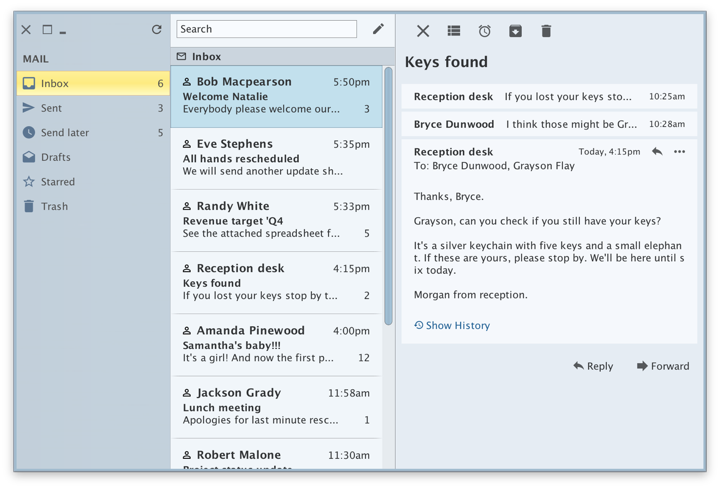
It’s been a few busy months since the announcement of Project Radiance, the new umbrella brand that unifies and streamlines the way Swing developers can integrate my libraries into their projects. Some of those projects have started all the way back in 2005, and some have joined later on along the road. Over the years, they’ve been hosted on three sites (java.net, kenai.com and github.com) in three version control systems (cvs, svn, git). Approaching the 15th year mark (with a hiatus along the way), it was clear that time has come to revisit the fundamental structure of these projects and bring them into a more modern world.
At a high-level:
- Radiance is a single project that provides a Gradle-based build that no longer relies on knowing exactly what to check out and where the dependent projects need to be located. It also uses proper third-party project dependencies to pull those at build time.
- Starting from the very first release, Radiance provides Maven artifacts for all core libraries – Trident (animation), Substance (look-and-feel), Flamingo (components), Photon (SVG icons) and others.
- The Kormorant sub-project is the first exploration into using Kotlin DSLs (domain-specific languages) for more declarative way of working with Swing UIs.
- Flamingo components only support Substance look-and-feel, no longer doing awkward and unnecessary tricks to try and support core and other third-party look-and-feels.
 It gives me great pleasure to announce the very first release of Radiance, appropriately tagged 1.0.0 and code-named Antimony. Lines of code is about as meaningless a metric as it goes in our part of the world, but there are a lot of lines in Radiance. Ignoring the transcoded SVG files auto-generated by Photon, Radiance has around 208K lines of Java code, 7K lines of Kotlin code and 5K lines of build scripts.
It gives me great pleasure to announce the very first release of Radiance, appropriately tagged 1.0.0 and code-named Antimony. Lines of code is about as meaningless a metric as it goes in our part of the world, but there are a lot of lines in Radiance. Ignoring the transcoded SVG files auto-generated by Photon, Radiance has around 208K lines of Java code, 7K lines of Kotlin code and 5K lines of build scripts.
It’s been a long road to get to where Radiance is today. And there’s a long road ahead to continue exploring the never-ending depths of what it takes to write elegant and high-performing desktop applications in Swing. If you’re in the business of writing just such apps, I’d love for you to take this very first Radiance release for a spin. You’ll find the prebuilt dependencies in the /drop/1.0.0 folder, and if you fancy a more proper dependency management mechanism, there’s an answer for that as well . All of them require Java 8 to build and run.
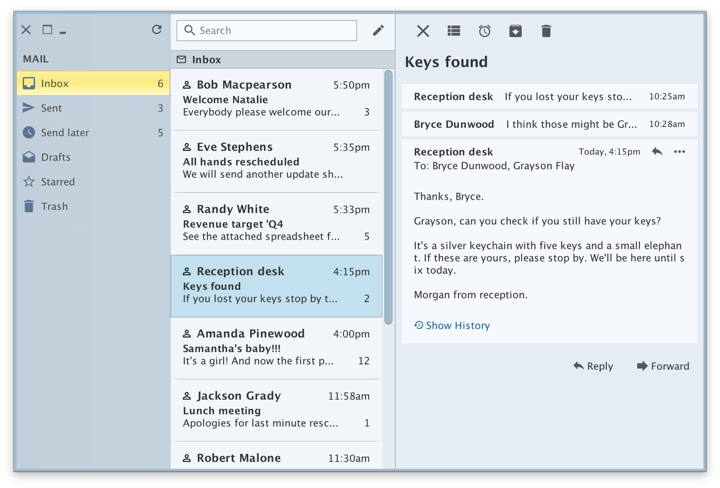
Going with the biannual release cycle of my Swing projects, it’s time to do latest release batch.
Substance 8.0 (code-named Wyoming) is a major release that addresses technical debt accumulated in the API surface over the years and takes a major step towards enabling modern UI customizations for Swing applications. Full release notes and API listings are available, with the highlights being:
- Unified API surface (Project Cerebrum)
- Configurable title pane content (Project Visor)
- Folded laf-plugin / laf-widget (Project Corpora)
- Explicit instantiation of component and skin plugins
- Switch to Material icons + icon pack support
- Better support for fractional scaling factors
Flamingo 5.3 (code-named Liadan) has extracted the non-core functionality into two new projects:
- Ibis has the code for using vector-based icons in Swing apps. It supports offline transcoding of SVG content into Java2D-powered classes, as well as dynamic display of SVG content at runtime (powered by the latest version of Apache Batik)
- Spoonbill has the code for browsing SVN repositories with the
JBreadcrumbBar component from the core Flamingo project. Future plans include extending this functionality to GitHub repositories as well.
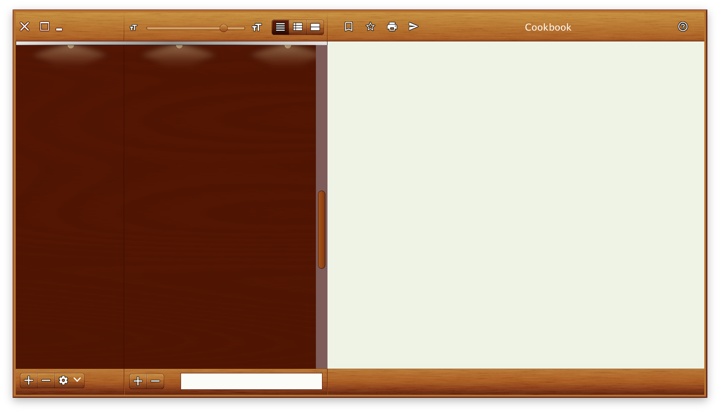
If you’re in the business of writing Swing desktop applications, I’d love for you to take the latest releases of Substance and Flamingo for a spin. You can find the downloads in the /drop folders of the matching Github repositories. All of them require Java 8 to build and run.